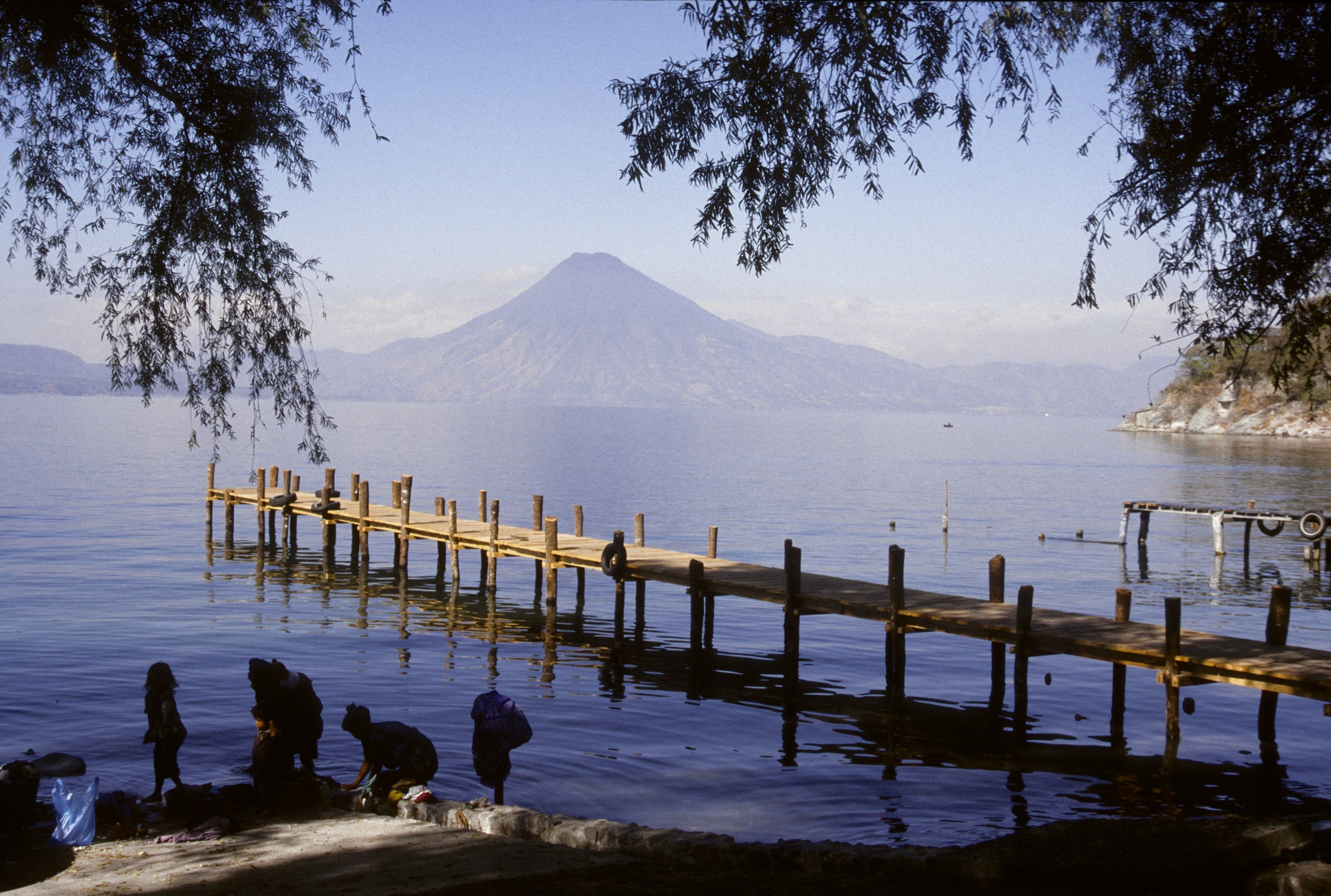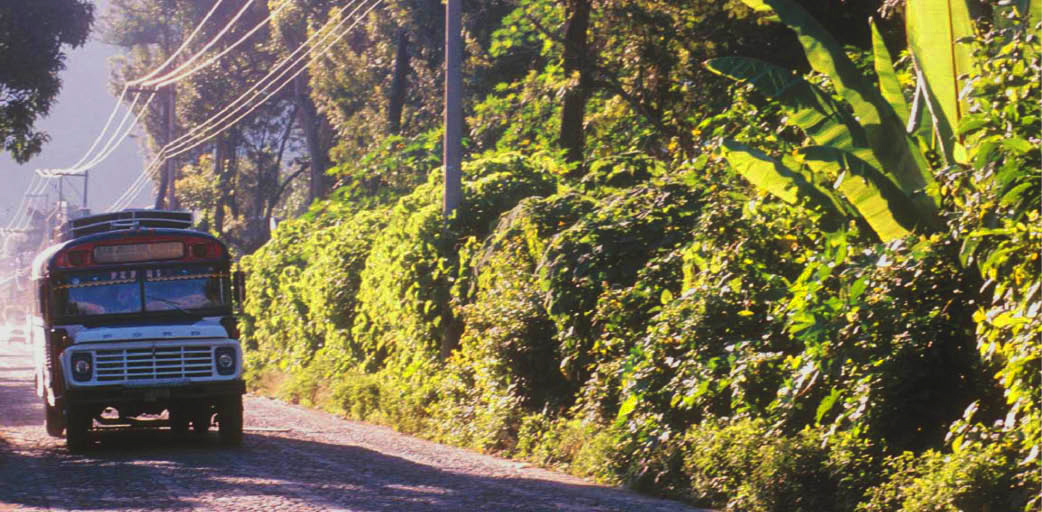Assa Nigua! Real Men are made of Corn
Exploring | Chichicastenango, Guatemala
Guatemalan syncretism: The Santo Tomas (Saint Thomas) catholic church -one of the main attractions, was built atop of the platform of one of the Maya temples in the area, and the 18 steps -one for each month of the Maya calendar, are still venerated.
Lovingly called Chichi, the small village of Chichicastenango has been one of the largest trading centers in the mayan world since pre-hispanic times. There is lots to see, smell and taste. 500 years ago, one of the best kept secrets of the mayan civilization was hidden from the spanish conquerors in this tiny town. A mysterious book.
“Their flesh was made of white and yellow corn. The arms and legs of men were made of corn meal." So goes the story of creation of men from the Maya sacred book the “Popol Vuh”, the so called Mayan bible. Most of the Mayan codices were burnt by the Spanish conquerors, who feared the influence of the devil, but in 1558, a Mayan transcribed the Popol Vuh into the Quiche language.
The manuscript was treasured by the Mayans of Chichicastenango village and it was hidden from the Spanish conquerors. Two centuries later, a Spanish priest named Francisco Ximénez gained the trust of the Mayan community. They allowed him to see the book and he translated it into Spanish.
The Popol Vuh deals with the Mayan creation myth. After many attempts with clay and wood, the Mayan gods finally made four men out of corn and they became “true people”.
The Popol Vuh deals with the Mayan creation myth. After many attempts with clay and wood, the Mayan gods finally made four men out of corn and they became “true people”.
Which makes a kind of metaphorical sense: it was the cultivation of corn that gave the early Maya culture the means to change from hunter- gatherers to their advanced civilization...
Chicicastenango: The market place.
"Chichicastenango is still a mystical place where Guatemalans from all around the country come to trade and sell their goods every Thursday and Sunday in a big outdoor market that -in essence- has not changed very much in the last 500 years."
Flower vendors. Chichicastenango
"There is lots to see, smell and taste. Food vendors sell local dishes with pre-Hispanic origins"
Pulique, a prehispanic chicken dish with "recado" (a Guatemalan word for a complex sauce)
Signs of catholicic and mayan syncretism
The church of Santo Tomás in front of the Chichicastenango market, the church where centuries ago the priest Francisco Ximénez kept his transcription of the Popol Vuh.
Situated not too far away from Lake Atitlan, the village of Chichicastenango is still a mystical place where Guatemalans from all around the country come to trade and sell their goods every Thursday and Sunday in a big outdoor market that -in essence- has not changed very much in the last 500 years. There is lots to see, smell and taste. Food vendors sell local dishes with pre-Hispanic origins, such as Pulique, a chicken dish with recado (recado is the Guatemalan word for a complex sauce with a thick texture which is the result of adding corn flour at the end of the cooking process).It is served with -yes- corn tortillas. However, the unique flavour of this recado is provided by the Apazote plant. People believe that Apazote is great to help remove negative forces from the body. For positive forces you should drink Atol Blanco. Atol Blanco is a traditional corn-starch-based thick hot drink. So if you want to prove that you are a mero mero- a really true Guatemalan - and want hear them say "Assa Nigua!" - a Guatemalan expression of admiration- you have to drink lots of Atol. Don´t be surprised if at the end you really believe that you are made of corn.
So if you want to prove that you are a mero mero - a really true Guatemalan - and want hear them say "Assa Nigua!" - a Guatemalan expression of admiration- you have to drink lots of Atol. Don´t be surprised if at the end you really believe that you are made of corn.
But one of my favourite recipes from “Chichi” that I often prepare at home is totally corn free: a tasty radish salad with Chicharrones (fried pork rinds) called Cojin Chichicastengo* that I first tasted at a food stall in front of the church of Santo Tomás, the church where centuries ago the priest Francisco Ximénez kept his transcription of the Popol Vuh.
(*)
Without Chicharrones (fried pork rinds) the salad is known as Picado de Rabanos and it is a delicious side dish (very close to the mexican Pico de Gallo Salad) that goes well with any kind of grilled meat, adding Chicharrones turns into Cojin Chichicastengo.




















